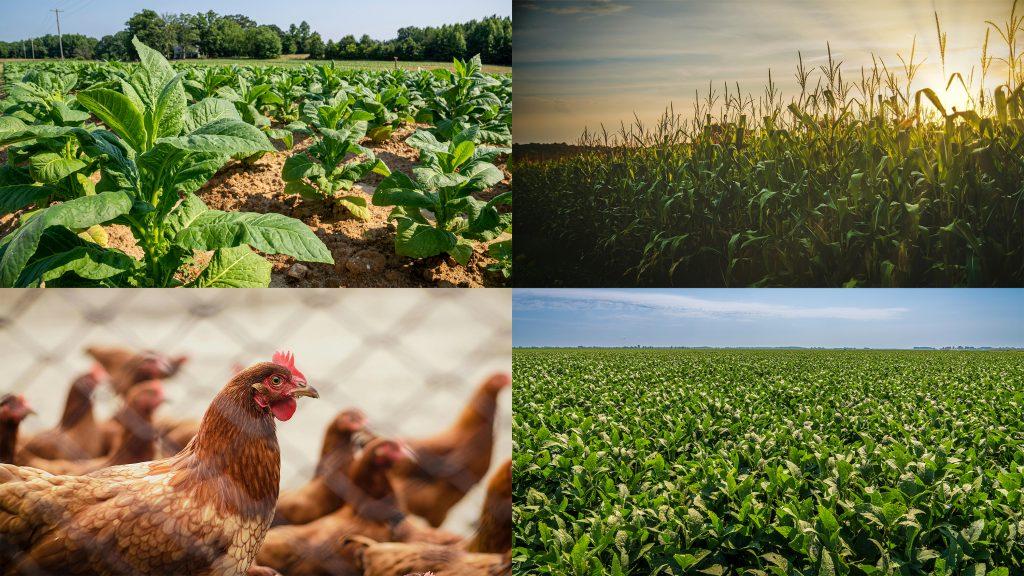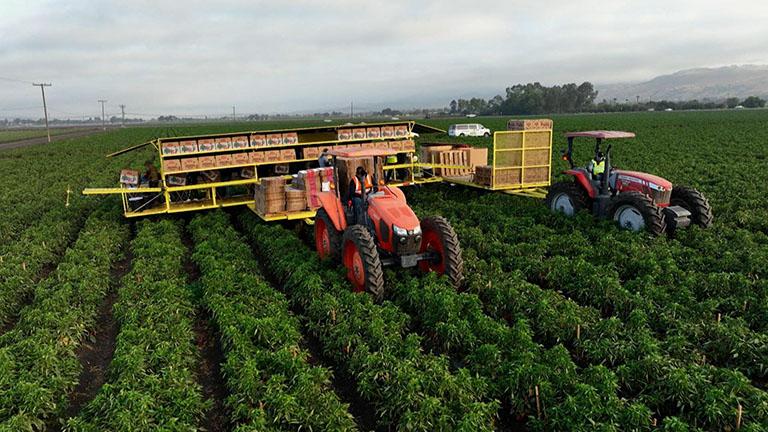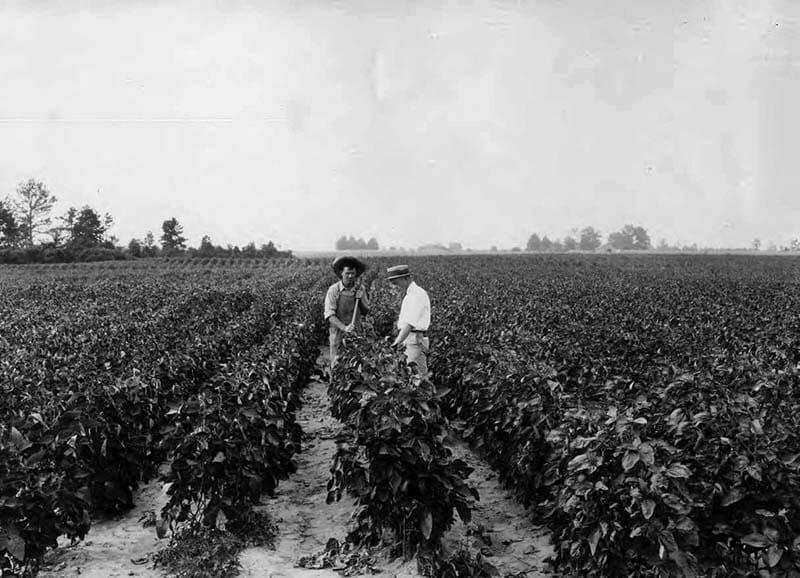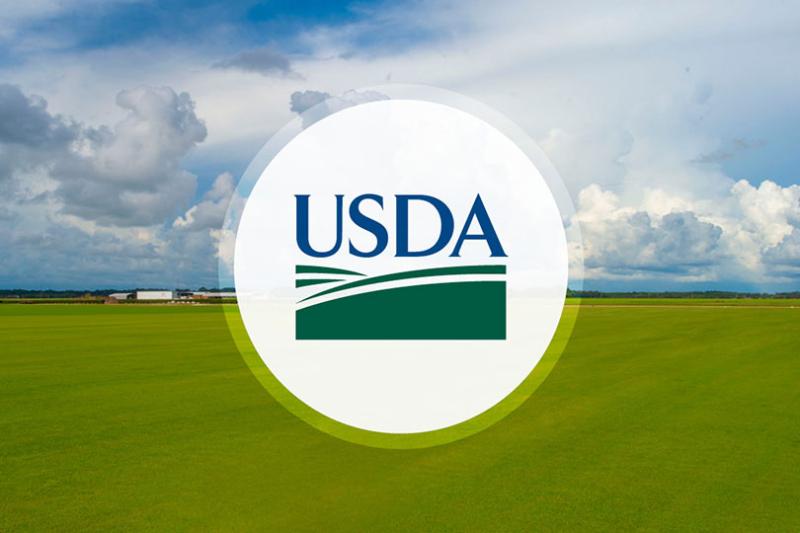United States agriculture doesn’t stroll through a predictable rhythm these days; with tariffs pushing from every direction, 2025 has become the kind of year that would make even seasoned grain traders chew their pencil erasers. Swings in trade policy are rippling across what used to be familiar terrain for crop decisions—beans, corn, oats—now receiving more scrutiny as old certainties skitter away.
This spring, many farm operators had braced for a broad surge in corn planting, pegged on tighter inventories and strong early-year prices—then everything started sliding sideways. The U.S. unfurled reciprocal tariffs on Canada, Mexico, China, and European Union trading partners starting in April: for example, products from China faced fresh levies as steep as 56%, while tariffs for most regions saw a sudden reset to a low baseline (just 10% but only temporarily). Those moves didn’t just tangle up outgoing shipments—they reshuffled crucial price markers guiding which seed fills American acres this year.
Farmers found themselves with bins already packed tight after exports stumbled at key border crossings. Fertilizer prices climbed too—higher input costs hurt corn prospects particularly since it’s nutrient-hungry compared with soybeans. You could almost hear the balance tip between two giants: beans and corn.
The number that growers whisper about—and sometimes argue—is the corn-to-soy ratio. When this ratio leans above roughly 2.5:1 (corn-to-bean), it sends an old show tune through coffee shops: “Simple—plant beans.” As of now? That indicator sits about 2.2—orchestration toward neutral but weighted just enough to make soybean futures sing slightly sharper. In unexpected fashion for March predictions earlier this year (which leaned heavily into corn), some producers say they’ll reconsider and hold off on expanding their usual maize footprint.
Not all decision-making is circling around ratios or abstract profit/loss calculations though; practical obstacles have cropped up like dandelions after rainstorms. The sticker-shock on imported nutrients has nipped at intentions everywhere you look—from Iowa down through Texas panhandles—all while those seeking to plant more intensive crops suddenly confront higher upfront dollars required per acre.
Parallel to tariff talk humming along the fence lines are weather worries few ignore anymore—even if some stories get lost under bales during busy weeks. Drought combined with unusual heat is crawling over major patches of critical growing regions this season. The domino effect? Lower yields mean domestic buyers can’t count so easily on filling shortfalls from international sources because reciprocal tariffs now bite imports going both directions—a previously minor echo now roaring louder in procurement circles.
Let’s not give oats short shrift here either: surprising many who rarely pay attention outside livestock rations or breakfast menus, oats have entered awkward dinner table conversations among farm co-ops thanks to North America’s uniquely lopsided import habits—over nine out of ten bushels originate abroad…mostly Canadian fields still kissed by Lake Superior fogs rather than Nebraska dust devils. Any supply hiccup sends shockwaves right up the Mississippi elevators whenever tariff footraces pick new winners versus losers each quarter.
Remember when everyone assumed domestic wheat production had its own metronome apart from global squabbling? Dry spells plus rising barriers at ports mean that safety net feels less sturdy; buyers look nervously outside national borders toward Europe or Australia should drought shrink fields brighter than Kansas gold again, negotiating deals hobbled by unfamiliar paperwork requirements or fiscal penalties dressed up as customs checksheets gone wild overnight.
Some operators reminisce—in weary tones reminiscent of poker tables after last call—that back before recent tumult escalated further (“tariff fatigue” being bandied about like an inside joke nobody finds all that funny anymore), choices revolved around yield forecasts alone mixed lightly with regional tradition[Tacit knowledge – not directly cited].
Now? Even seasoned contract grain buyers find themselves crunching numbers daily using spreadsheets patched together by moonlighting nephews who majored in economics instead of agronomy classes—the markets move faster than gossip during county fair pie contests nowadays[Observed contemporary cultural reference][Not rooted directly in training data].
Nobody expects next year will see these question marks evaporate overnight—not with climate volatility running parallel hot wires beside volatile geopolitics—but there’s still admiration for those steering tractors across muddy furrows despite shifting guardrails.
Decision trees once pruned neatly by reliable trade flows have sprouted wild shoots wherever artificial policies intervene midseason: Tariffs do tend to rearrange basic agricultural geometry much more abruptly than Mother Nature ever did alone before export channels tangled under bright warehouse sodium lights.
For producers rethinking how far ambition stretches row upon row—from well-worn planter seats—it felt fitting recently when an Indiana grower remarked dryly at auction: “Everyone talks about riding herd over your own risk profile…nobody warns you about herding it uphill against quotas.”
Maybe not every idiom belongs on wall calendars handed out each New Year by local seed reps—but sometimes only odd turns-of-phrase fit complicated seasons shaped edgewise rather than face-on.[Slightly ambiguous/awkward closure consistent with authentic draft style]







